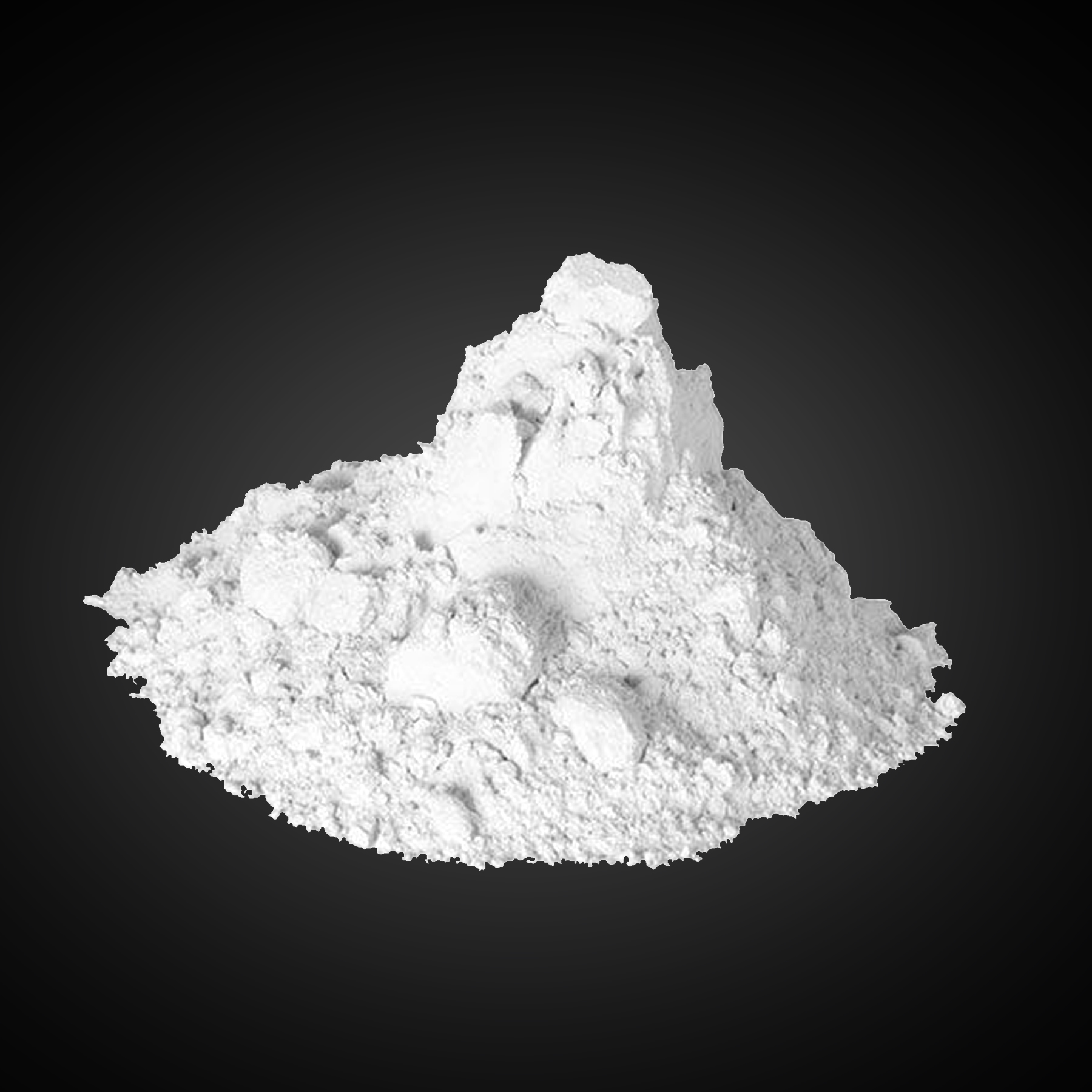Plaster of Paris(AAC Grade)
Plaster of Paris is made up from gypsum. Plaster of Paris contains the calcium sulfate hemihydrates (CaSO4·0.5 H2O). This is prepared by heating the gypsum which contains calcium sulfate dihydrate (CaSO4·2H2O) to a temperature about 150°C(120-180°C). Certain additives are added when heating. Plaster of Paris is a fine, white powder. When it is hydrated it can be used to mould things, and when allowed to dry, it hardens and retains the shape it is set to before drying.


- Difference between Gypsum and Plaster of Paris (PoP)
- Plaster of Paris is made from Gypsum.
- Gypsum contains calcium sulfate dihydrate (CaSO4·2H2O) and plaster of Paris contains calcium sulfate hemihydrates (CaSO4·0.5 H2O).
- When added water to plaster of Paris (PoP), it will re-form into gypsum.
- Plaster of Paris (PoP) can be moulded into different shapes when it is moistened, but gypsum does not have that property.
- Gypsum is a naturally occurring mineral whereas Plaster of Paris is manufactured.
- It is used to make plaster, cement, to do ornamental work on ceiling, for room interiors, movie sets, architecture, sculptural arts, in medicine, etc.
- Specifications
| SPECIFICATIONS | PLASTER OF PARIS |
| Setting Time | 09-12 minutes |
| CaSO4 | 90.00% |
| MgO | 2.00% |
| Residue on 90 microns | 10.00% |
| Chlorides | 0.05% |
| Whiteness | 80.00% |
